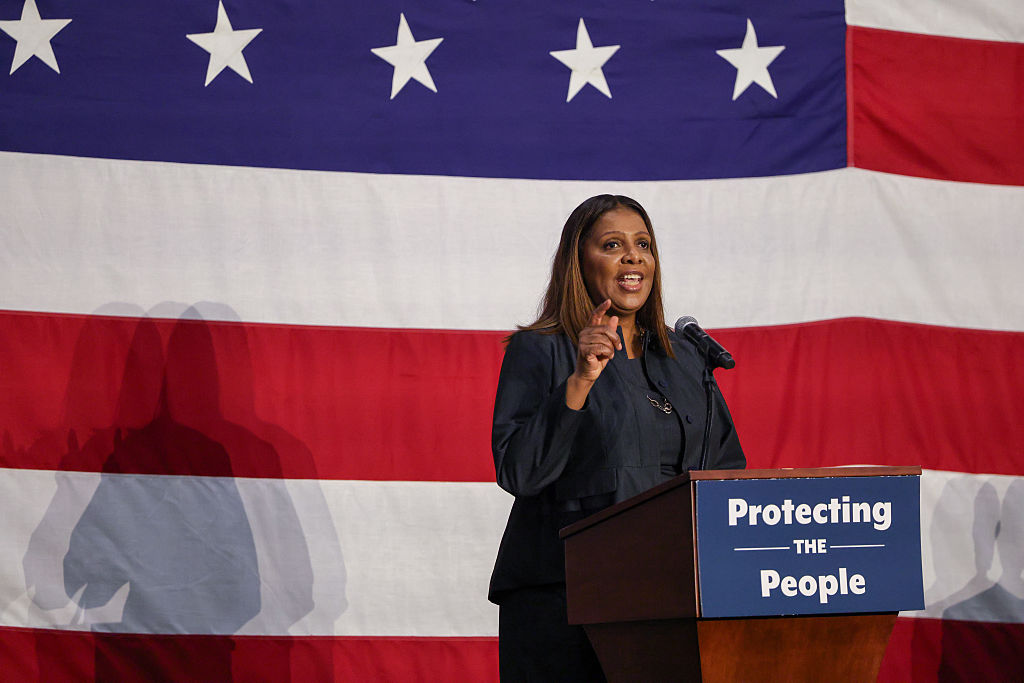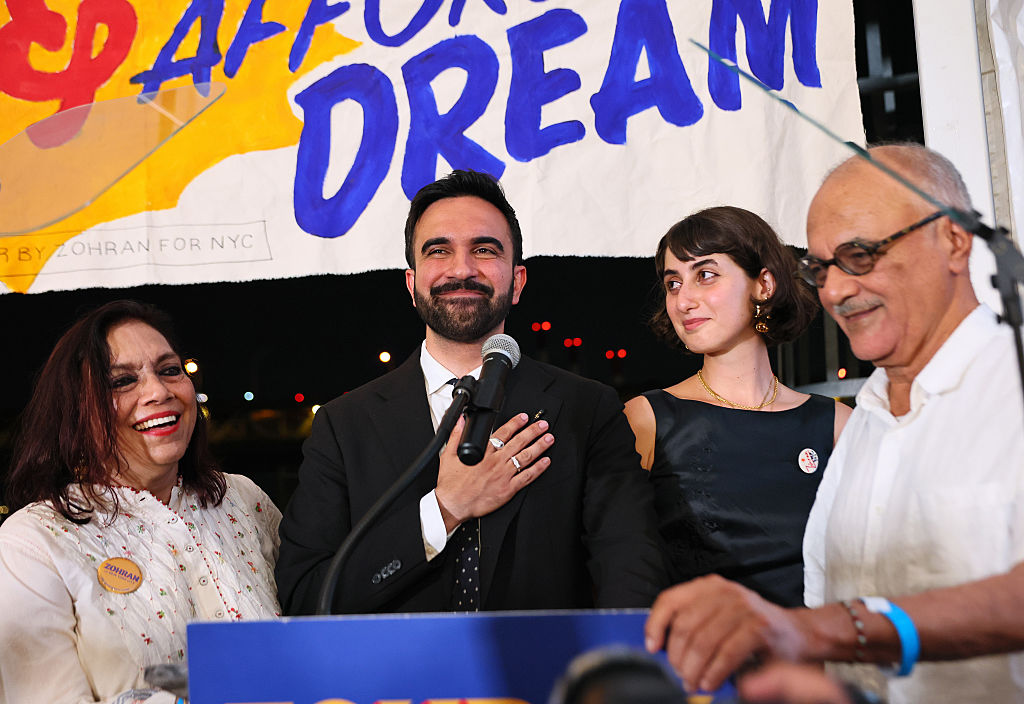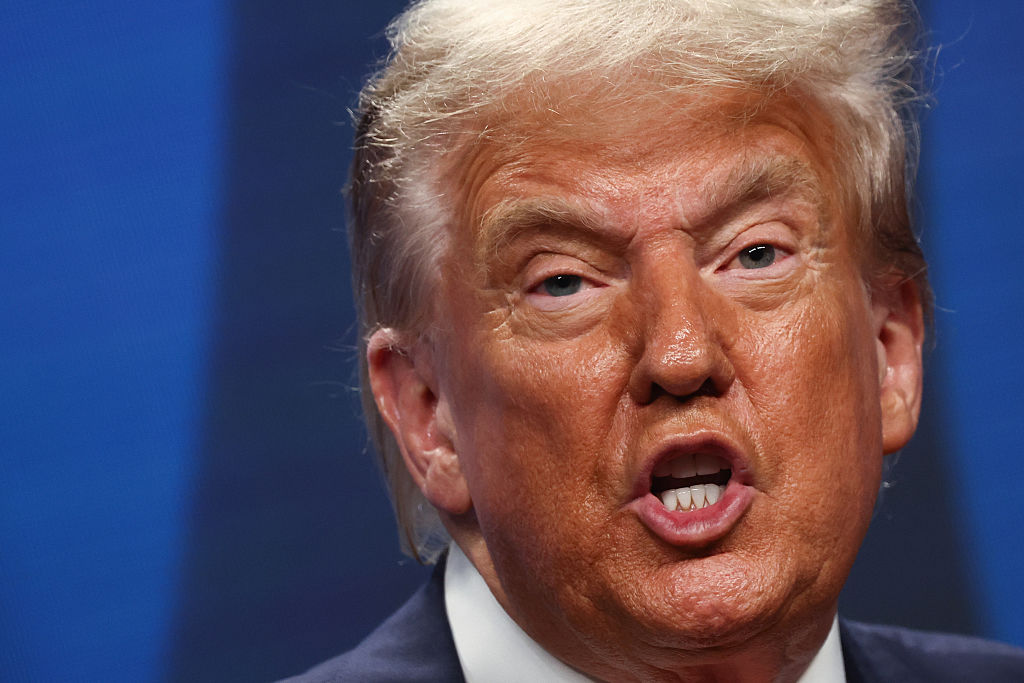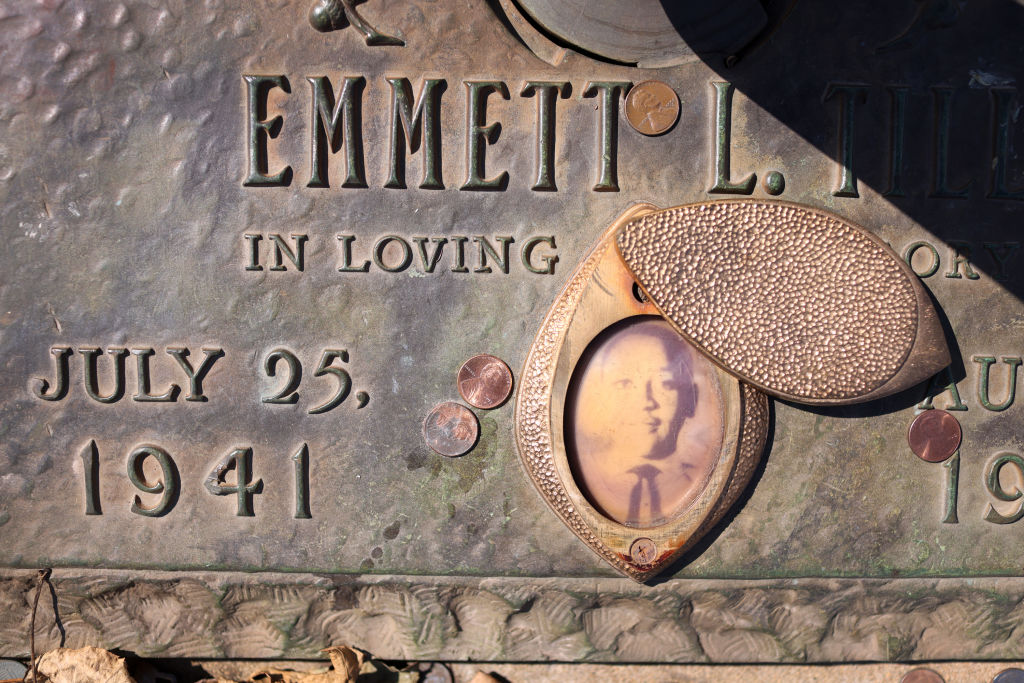President Obama Clinches Missile Defense Agreement With NATO
World – President Obama came back from Portugal talking up his wins at the NATO summit. The president got Russian buy-in on efforts to build a missile-defense system for Europe, and persuaded NATO leaders and Afghanistan’s president to agree to his plan to gradually reduce allied forces there over the next four years and put Afghans in control of security by the end of 2014.
Russian President Dmitry Medvedev meets President Barack Obama and NATO leaders for talks on participation in a missile defense system that’s previously been opposed by the Kremlin.
An anti-missile shield to protect Europe and North America “offers a role for all of our allies to respond to the threats of our times,” Obama said yesterday in Lisbon at a summit of North Atlantic Treaty Organization leaders. “We look forward to working with Russia to build our cooperation with them in this area as well recognizing that we share many of the same threats.”
NATO is trying to turn the European anti-missile system into a fulcrum for cooperation with Russia as part of the U.S.- driven “reset” of East-West relations.
Text after audio clip:
Medvedev joins leaders of NATO’s 28 member states for talks later today. Russia had objected to the plan originally proposed by former President George W. Bush yet is warming to the NATO initiative. Plans for a joint assessment of security threats are likely to pave the way to missile-defense collaboration, said Dmitry Rogozin, Russian ambassador to NATO.
“If we can reach the common ground then we can go further and discuss how to block these common threats,” Rogozin said in a Nov. 15 phone interview from Brussels. “Then cooperation on an anti-missile defense system is possible.”
“By reaching out and inviting Russia to cooperate with us, I believe we also have a real chance to build a security roof for the entire Euro-Atlantic area,” NATO Secretary General Anders Fogh Rasmussen said.
Smaller-Scale System
Allied officials said the 10-year, 200 million-euro ($273 million) cost of the shield, as modified by Obama from the Bush administration proposal, makes it a bargain at a time of shrinking defense budgets. It would build on a smaller-scale system being developed to protect troops in the field.
Bush’s original proposal foresaw permanent anti-missile bases in Poland and the Czech Republic, two nations dominated by the Soviet Union during the Cold War. Russia viewed the Bush plan as a threat to its strategic arsenal.
Text continues after gallery:
Obama’s plan does away with fixed bases, relying on mobile and sea-based radars and interceptors that the U.S. says would be easier to tie in with Russian systems.
NATO members Turkey and France had also raised questions about the missile shield. The U.S. aims to sway Turkey by not naming in a summit communique its neighbor Iran as the potential missile threat, and by offering the prospect of a degree of Turkish military control over the system. French officials said they agreed to sign on after winning language in the agreement stating that NATO considers the missile shield as a complement to nuclear deterrence, and not a replacement.
‘Working With Russia’
Obama said that NATO members “look forward to working with Russia to build our cooperation with them in this area as well recognizing that we share many of the same threats.”
Obama also said NATO leaders back him on the Strategic Arms Reduction Treaty with Russia, saying it will enhance European security as well.
The treaty is awaiting ratification by the U.S. Senate. The president’s push for a vote suffered a setback this week when Arizona Senator Jon Kyl, the chamber’s second-ranking Republican and one of his party’s leading voices on nuclear-weapons policy, said the issues are too complex to resolve by year’s end.















